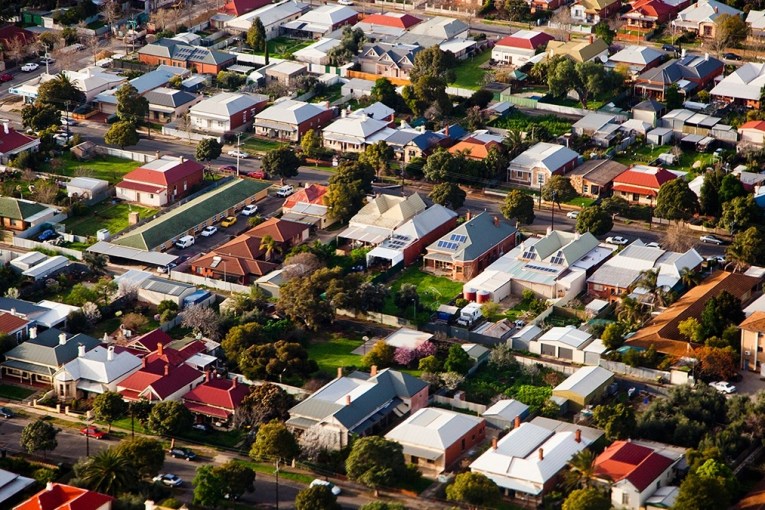How investors fuelled Australia’s historic property boom


The value of home loans issued to investors has nearly halved since the midst of the price boom. Photo: Getty
Home values in Australia’s major housing markets soared by more than 50 per cent in just a few short years before peaking in 2017, with data suggesting that one group of buyers in particular is responsible for the record-breaking price rises.
The amount of investor cash pouring into Australia’s housing market has halved since the midst of the property price boom three years ago, new Australian Bureau of Statistics data show.
So, did investors, rather than owner-occupiers, really fuel the staggering price rises in Sydney and Melbourne over the past few years?
Investors have “a lot to do with price increases”, University of Sydney social economist and housing expert Peter Phibbs said
“What pushes prices up is when you have more buyers than sellers. For example, at an auction when you have a number of people competing hard for a home,” he said.
“Once you knock the froth off the market and take the excitement away, rather than having a number of people going hard at it you end up with one or maybe two, and most can only go so hard because they’re getting a limited amount of money from the bank.”
Lending to investors is now 47.8 per cent lower than its peak in April 2015 – when investors were approved for $9.37 billion dollars worth of home loans – to just $4.89 billion in December 2018, the latest ABS housing finance figures show.
By contrast, the value of home loans issued to owner-occupier home buyers has barely dipped over the same period, down just 0.2 per cent from $12.53 billion in April 2015 to $12.49 billion in December 2018, the ABS figures show.
While the level of owner-occupier interest in the housing market has remained relatively steady, investor enthusiasm has shrunk, with the pace of the decline in investor housing finance accelerating as the Sydney and Melbourne downturns have deepened.
Investors also have a significant advantage over would-be owner-occupiers thanks to the government incentive of negative gearing.
“At the 2015 peak there was certainly a lot of them … and the tax system is helping them and putting money in their pocket at the auction,” Professor Phibbs said.
They’re enthusiastic because they’re seeing the potential returns they can get from the market.”
Rather than being driven purely by ‘supply and demand’, home prices are also influenced by sentiment around the likelihood of price growth.
“What’s really driving price growth is people’s expectation about what they think will happen to prices,” Professor Phibbs said.
“When you plot the graph of price changes and loans to investors, once investors make up close to 50 per cent of the total value of mortgage finance, that’s when you see the real price peaks.”
However, investors will quickly abandon a market once the potential for profit disappears.
“Once the expectation that you’re going to have capital growth goes, the rationale for investing is pretty poor,” Professor Phibbs said.
“People saying things are going to recover because of good rates of population growth are mixing up the market. In this case, a large proportion of the buyers are people not interested in the commodity, and are just looking at it as a financial product.”
New home construction falls
Reduced demand from buyers looking to purchase newly built homes has also had flow-on effects for the construction industry.
“Lending for the purchase of a new home has continued to slow causing the building market to cool,” Housing Industry Association chief economist Tim Reardon said.
“Housing finance commitments for construction and purchase of new homes declined by 3.4 per cent in December 2018 [compared with November] to be 13.4 per cent lower than at the same time in 2017.”
Mr Reardon blamed the slowdown in the market on now-lapsed restrictions on lending to investors – imposed by the Australian Prudential Regulation Authority (APRA) to cool Australia’s overvalued housing markets at the height of the boom – and a crackdown on lending by banks following the revelations of irresponsible lending by the banking royal commission in 2018.
“The banks have tightened lending requirements throughout 2018 and this is impacting on investors and owner occupiers,” Mr Reardon said.
“This downturn has long been forecast but there are ongoing risks regarding its length and depth.”








